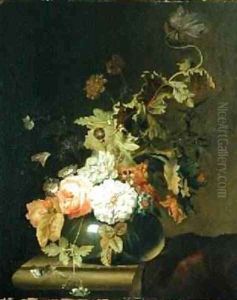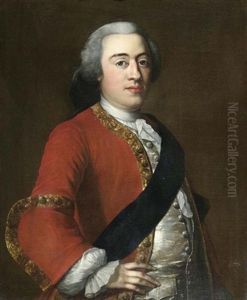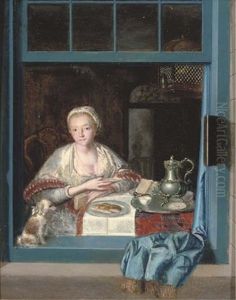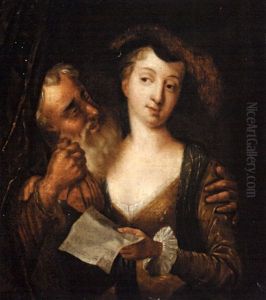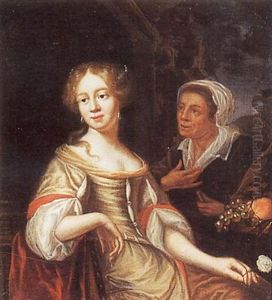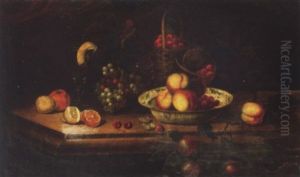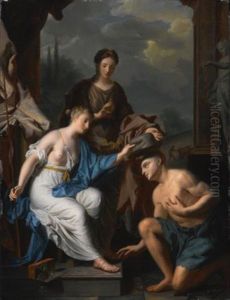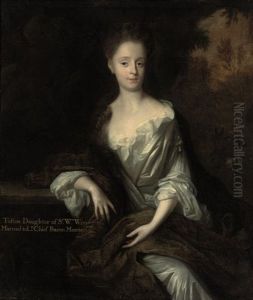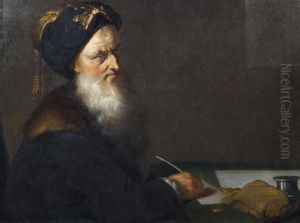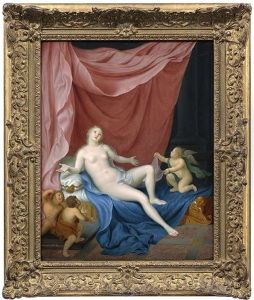Herman van der Myn Paintings
Herman van der Myn was a Dutch painter who was born in Amsterdam in 1684. He was part of a family of artists, with his father being the painter Isaac van der Myn, and his brothers Andreas and Cornelius also being painters. Herman was trained by his father and developed his skills in the Dutch Golden Age tradition. However, unlike many of his contemporaries who stayed in the Netherlands, Herman decided to venture outside his homeland to pursue his career.
In the early 18th century, van der Myn moved to England, where he became part of a wave of Dutch artists who had a significant influence on British art during this period. His work mostly consisted of portrait painting, but he also painted historical subjects and genre scenes. In England, Herman van der Myn became successful and was patronized by the nobility and gentry, which was common for artists of his caliber during that time.
Despite his success in England, Herman van der Myn continued to travel. He spent some time in Paris before eventually settling in London. His style was characterized by a strong sense of realism and attention to detail, traits that were highly prized in the burgeoning portrait market of 18th-century England. His portraits are noted for their elegance and clarity, and he was particularly adept at capturing the textures of fabrics and the intricacies of lace and embroidery in his depictions of his sitters' attire.
Herman van der Myn passed away in London in 1741. While he may not be as widely known as some of his contemporaries, his work provides an interesting insight into the cross-cultural influences between Dutch and British art in the early modern period. His paintings can be found in various art collections and museums, and they continue to be studied by art historians interested in the period.
